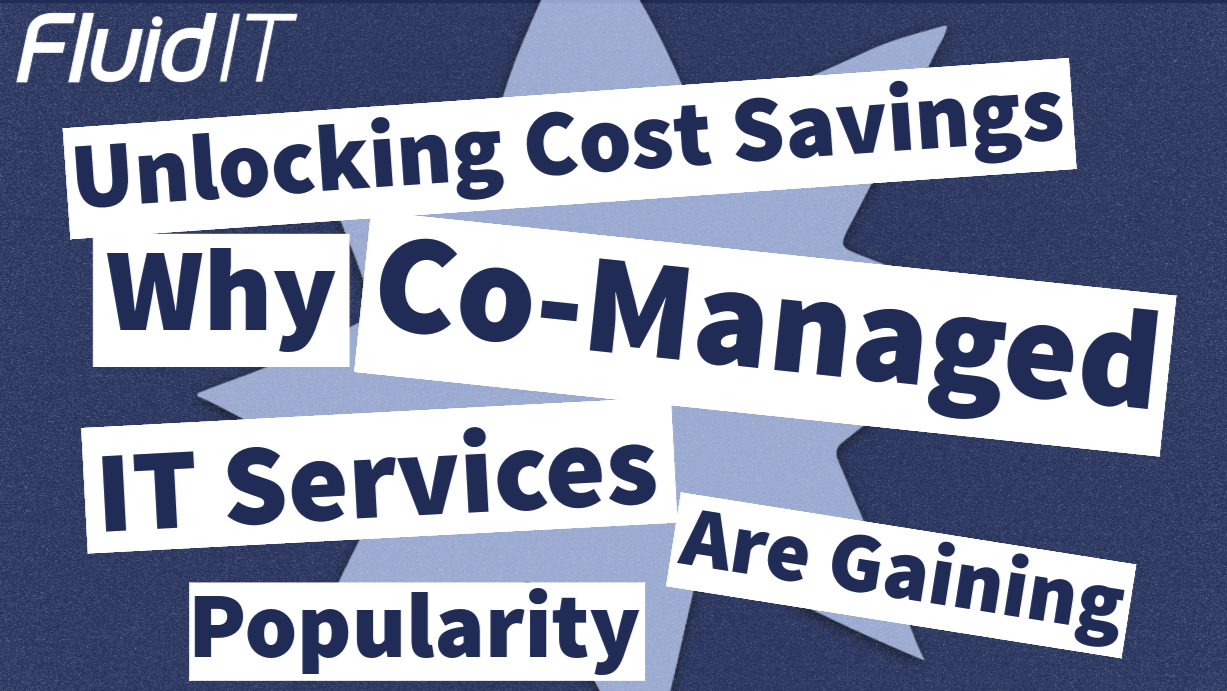When projects slip, support tickets stall, and “we’ll get to it next week” becomes the norm, the cost is more than inconvenience. Deadlines missed by an MSP ripple into lost revenue, stalled initiatives, and credibility hits in the boardroom. In Texas, where growth moves fast and compliance expectations are rising, reliability is not optional for a technology partner.
The real cost of missed MSP deadlines
- Revenue leakage: Late cutovers, slow user onboarding, and unresolved outages delay sales, billing, and service delivery across departments.
- Executive confidence erosion: Repeated slips undermine trust and make it harder for IT leaders to secure budget for the next initiative.
- Team burnout: Internal teams pick up the slack with after-hours work, driving turnover and compounding delays on other priorities.
Signals the MSP relationship is failing
- Chronic SLA misses with no trend of improvement or root-cause analysis.
- “Hero culture” instead of documented runbooks and predictable incident handling.
- Scope confusion, surprise invoices, and unclear ownership between MSP and internal IT.
- Roadmaps that are reactive, not tied to business outcomes and deadlines.
What good looks like
- Predictable delivery: Named project managers, milestone tracking, change controls, and weekly status that leadership can trust.
- SLA-backed support: Measured response and resolution times and real accountability on repeat incidents.
- Security discipline: MFA everywhere, patch cadence, backup immutability, and tabletop exercises that stay on schedule, not “someday.”
- Executive alignment: vCIO roadmaps mapped to OKRs with quarterly reviews and agreed success metrics.
A 30-day stabilization plan
- Week 1: Triage and transparency. Publish a joint backlog with SLAs, owners, and due dates. Escalate aging tickets and set daily check-ins for critical items.
- Week 2: Incident hygiene. Implement runbooks for the top five recurring issues, define escalation paths, and enable real-time status visibility for stakeholders.
- Week 3: Project reset. Rebaseline timelines, confirm dependencies, enforce change control, and put weekly executive readouts in place.
- Week 4: Trust rebuild. Deliver two quick wins that matter to the business, then lock in a 90-day roadmap with clear outcomes and dates.
Why Texas leaders switch to a local, accountable MSP
Texas growth demands partners who hit dates, document work, and communicate like clockwork. A provider that combines on-site response, disciplined project management, and security-first practices gives leadership confidence to invest and move faster.
If deadlines keep slipping and trust is fading, it is time for a stabilization review. Map the gaps, reset expectations, and measure progress weekly. The right MSP will make reliability visible and outcomes predictable.
- Founders: BringIn an MSP Before You Scale. Executives Will Notice.
Hiring senior leaders is expensive. The fastest way to help them deliver value is to make day one frictionless and week one productive. A mature IT foundation signals professionalism to executive hires, accelerates onboarding, and prevents early credibility hits that can stall growth.
Why IT maturity matters before executive hires
- First impressions drive momentum: A new CRO or CFO landing into broken access, missing data, or delayed devices will spend the first month firefighting instead of executing a plan.
- Speed to impact: Structured onboarding and pre-provisioned systems let leaders review dashboards, meet teams, and make decisions in week one, not week five.
- Talent brand: Tight onboarding communicates operational discipline, which helps attract and retain top-tier executives in competitive Texas markets.
What a good MSP does for founders
- Standardizes the stack: Baselines for identity, devices, apps, and data so every hire has the same reliable experience across Microsoft 365, CRM, and finance tools.
- Preboards access: Role-based provisioning, SSO, MFA, and least privilege ready before day one, with zero-touch device setup for remote and hybrid teams.
- Ships and sets up fast: Hardware inventory, imaging, and courier logistics designed to support distributed teams across Dallas, Austin, Houston, and beyond.
- Secures by default: Endpoint protection, email security, backup and recovery, and conditional access applied from the first login, not retrofitted after an incident.
- Documents and measures: Onboarding checklists, SLAs for response and resolution, and weekly reports founders and executives can trust.
Executive onboarding, the right way
- Before day one: Approve the org chart roles-to-apps matrix, ship devices, stage licenses, and load calendar, docs, dashboards, and team intros.
- Day one to seven: Complete security brief, verify access, review the tech stack map, and ensure leaders have the data and automations needed for decisions.
- Day 30: Close open access gaps, tune dashboards, and confirm integrations that support cross-functional workflows and OKRs.
Avoid these scaling pitfalls
- Ad hoc access: One-off exceptions that create security holes and slow future hires.
- Tool sprawl: Overlapping SaaS and shadow IT that fragment data and frustrate executives.
- Manual onboarding: Ticket-by-ticket device and license setup that burns time and kills executive confidence.
The founder’s MSP checklist
- Role-based access and SSO with MFA on every critical system.
- Zero-touch device provisioning with a small on-hand inventory for urgent hires.
- Baseline security: EDR on all endpoints, email security, backup immutability, and quarterly restore tests.
- Runbook-driven onboarding with 1, 7, and 30-day milestones and clear SLAs.
- Data guardrails: DLP, sensitivity labels, and least-privilege sharing defaults for leadership workspaces.
Bottom line: Bring in a capable MSP before scaling the executive team. It shows maturity, accelerates time to impact, and keeps expensive leadership focused on growth rather than IT friction. In Texas’s fast-moving market, this is an easy win founders feel immediately in execution speed and talent retention.



